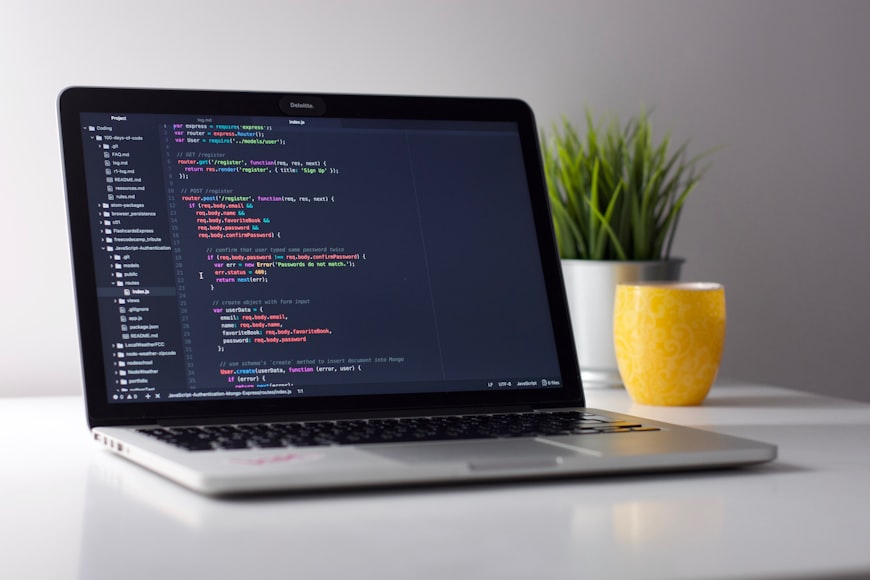As Docker revolutionizes software development and delivery, its rapid adoption introduces new security considerations. Containers promise lightweight isolation, but that hinges on properly configuring and securing networking.
The ability to monitor connections is crucial for both troubleshooting and defending containers against threats. Malicious actors are eager to exploit exposed ports, harvest data, or use resources for DDoS attacks.
This comprehensive guide equips you to take control of Docker networking. We‘ll cover:
- Common commands for checking connections
- When and how to get interactive shell access
- Remotely running checks from the Docker host
- Integrating monitoring into health checks
- Security best practices like encryption, scanning, and auditing
Follow along and you‘ll gain tremendous visibility into the inner workings of your containers. Let‘s dive in!
Why Container Networking Matters
Networking is intrinsic to how containers operate. The Docker engine manages namespaces, interfaces, IPs, ports, and more to provide isolation and communication:
This allows processes inside containers to open ports and establish connections without conflicting with the host or other containers.
But therein lies significant security risks:
- Accidental exposure of ports to the Internet
- Discovery of vulnerabilities like Log4Shell
- Leaked secrets or credentials
- Hijacked resources for crypto mining or DDoS
That‘s why monitoring connections is so critical from both troubleshooting and defense perspectives.
Next we‘ll explore your options using common networking commands.
A Crash Course on Linux Networking Commands
Admins have long used utilities like netstat, ss, lsof for networking visibility. They reveal info such as:
- Active connections
- Open ports
- Processes bound to sockets
- Network interface statistics
For example, netstat -an shows all TCP and UDP connections and listening ports.
Here‘s how to use these tools inside Docker containers:
Method 1: Getting Interactive Shell Access
When facing down complex issues, an interactive Bash shell can be invaluable:
From within, admins can:
- Inspect configurations
- Check logs
- Test modifications
- Debug application code
- Explore the environment
For network troubleshooting, it grants you maximum flexibility.
Here‘s how to get started:
-
Identify your target container:
docker ps -
Open an interactive shell using
docker exec:docker exec -it <container> bash -
Install any necessary networking tools like
net-tools:apt update apt install net-tools -
Now
netstat,ssand friends are ready:netstat -an | grep EST
Let‘s consider some common scenarios where shell access helps:
Debugging an app server – Is my Flask app binding to the right interface? Are expected sockets in LISTEN mode? An interactive shell lets me validate configs and test fixes.
Checking Nginx – I want to peek at Nginx‘s nginx.conf and logs to see if it‘s proxying requests properly. Shell access makes this easy.
Inspecting volumes – A core container crashed. Can I mount its volumes on a new container safely to recover data? An interactive environment facilitates this.
So don‘t be afraid to get your hands dirty! But avoid making changes directly on running production containers.
Now for lighter-weight remote checking…
Method 2: Using docker exec From Host
Need a quick port scan or process check? docker exec runs commands inside containers from your terminal:

For example:
$ docker exec mysql_db netstat -tulpnThis prints open ports and listening processes without even touching the container shell.
Here is the standard workflow:
- Identify container ID or name with
docker ps - Run your commands with
docker exec - Inspect networking state!
The benefits? Speed and separation of concerns. This allows checking containers remotely:
- Without installing tools or modifying environments
- Quick scans to check for misconfigurations
- Integrate with monitoring systems via Docker APIs
Speaking of monitoring, valuable best practices include:
Add health checks – Docker Compose healthchecks quickly validate connectivity.
Centralized logging – Aggregate container logs with Elastic, Splunk etc.
Scan images – Catch app vulnerabilities by scanning images in pipelines.
Traffic encryption – Encrypt intra-Docker communication with TLS.
Audit connections – Detect unusual activity indicating threats.
Closing Thoughts
I hope this guide expanded your networking visibility and security know how. Containers introduce complexity – but tools like netstat and docker exec help you stay in control.
Here are key lessons as you continue your Docker journey:
Check connections frequently – Don‘t just set it and forget it! Stay vigilant to avoid mishaps.
Combine shell access and remote commands – Leverage what each offers.
Integrate monitoring early – Build best practices like healthchecks into your stacks.
Isolate sensitive systems – Limit blast radius from any breaches.
Feel free to reach out if you have any other container networking or security questions!


